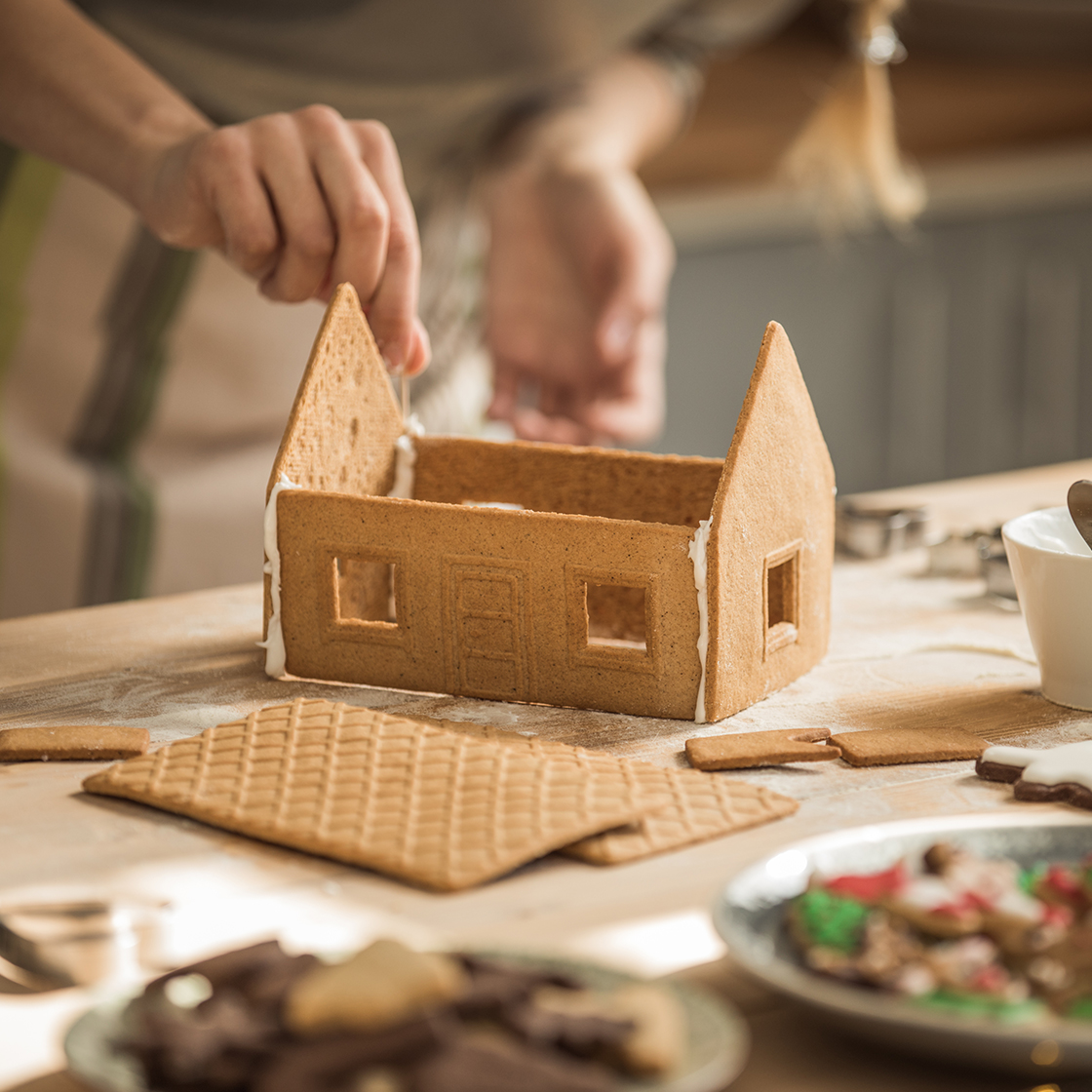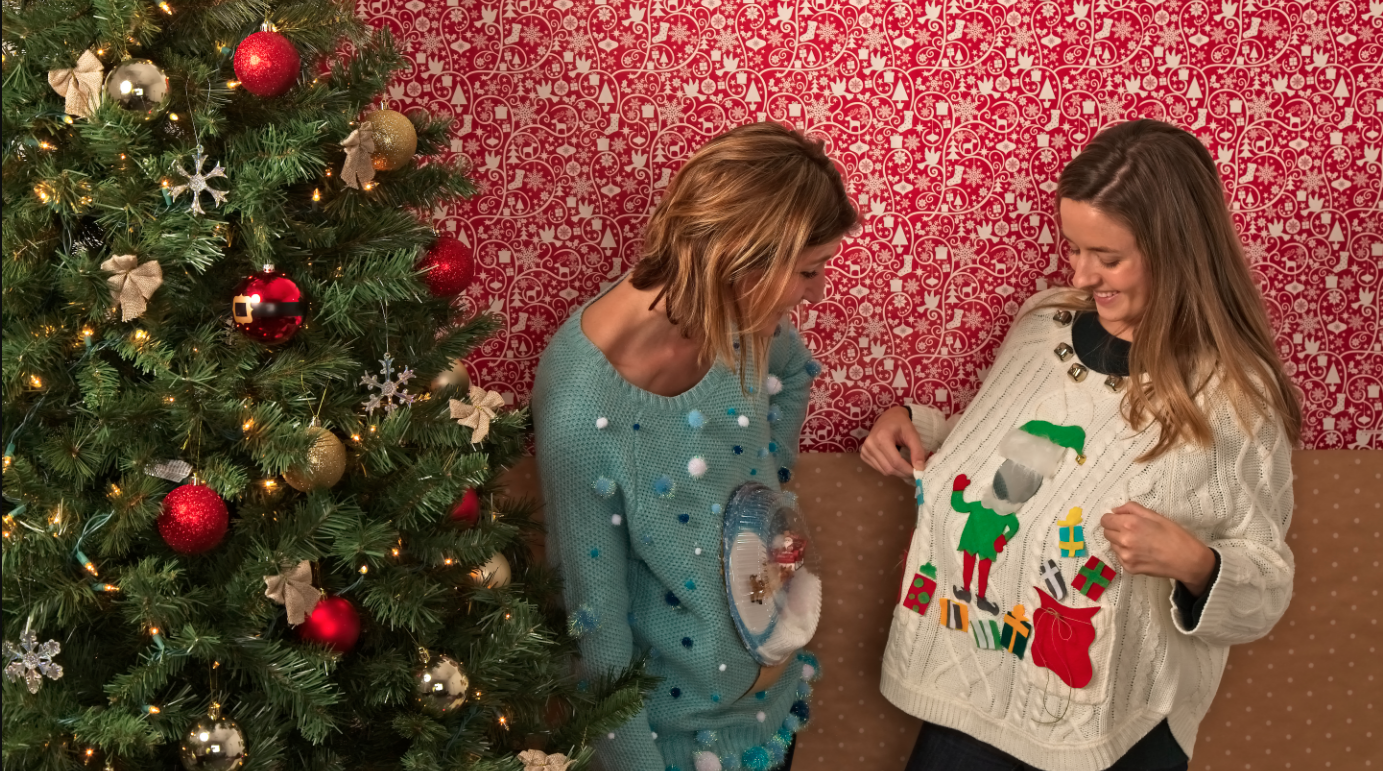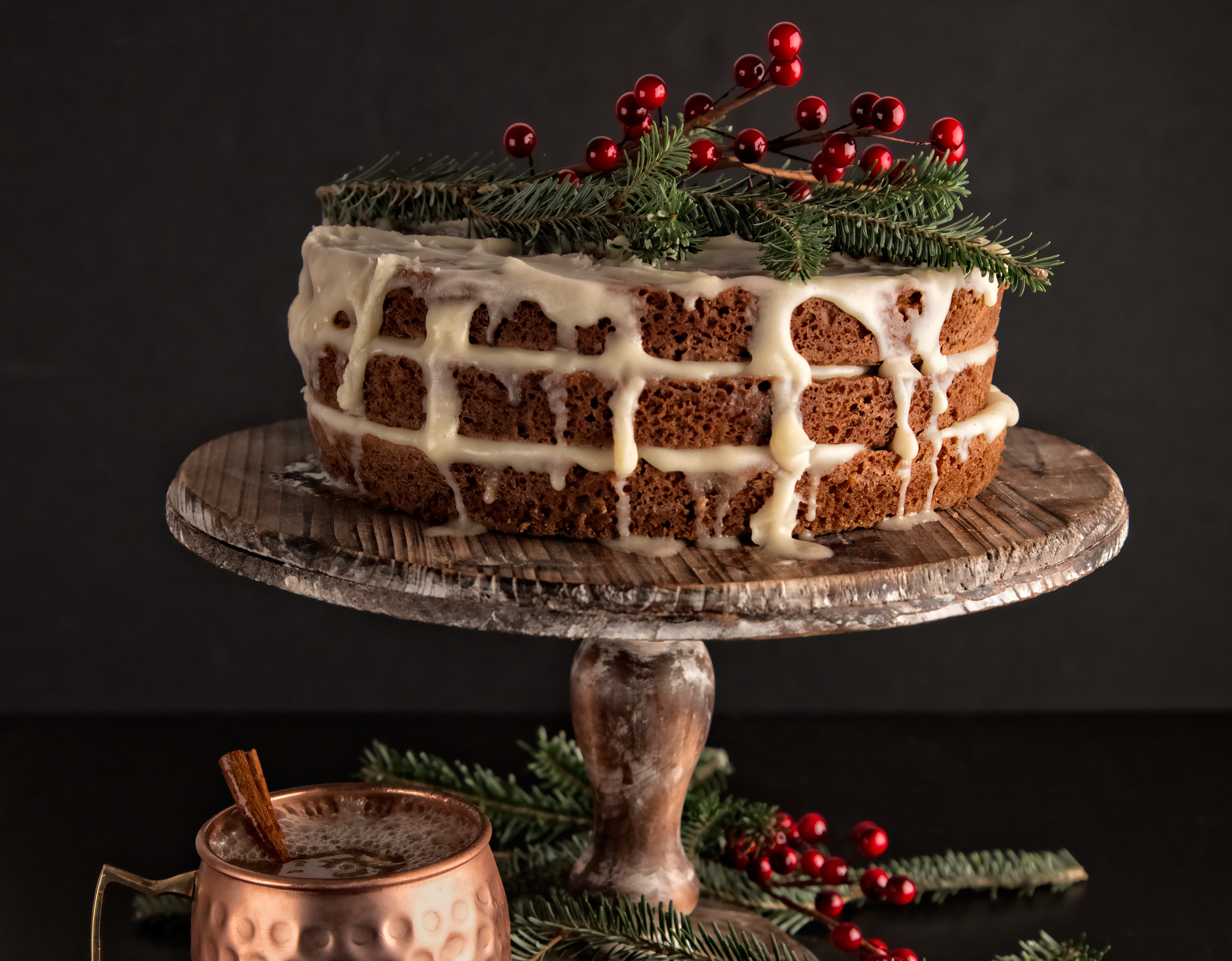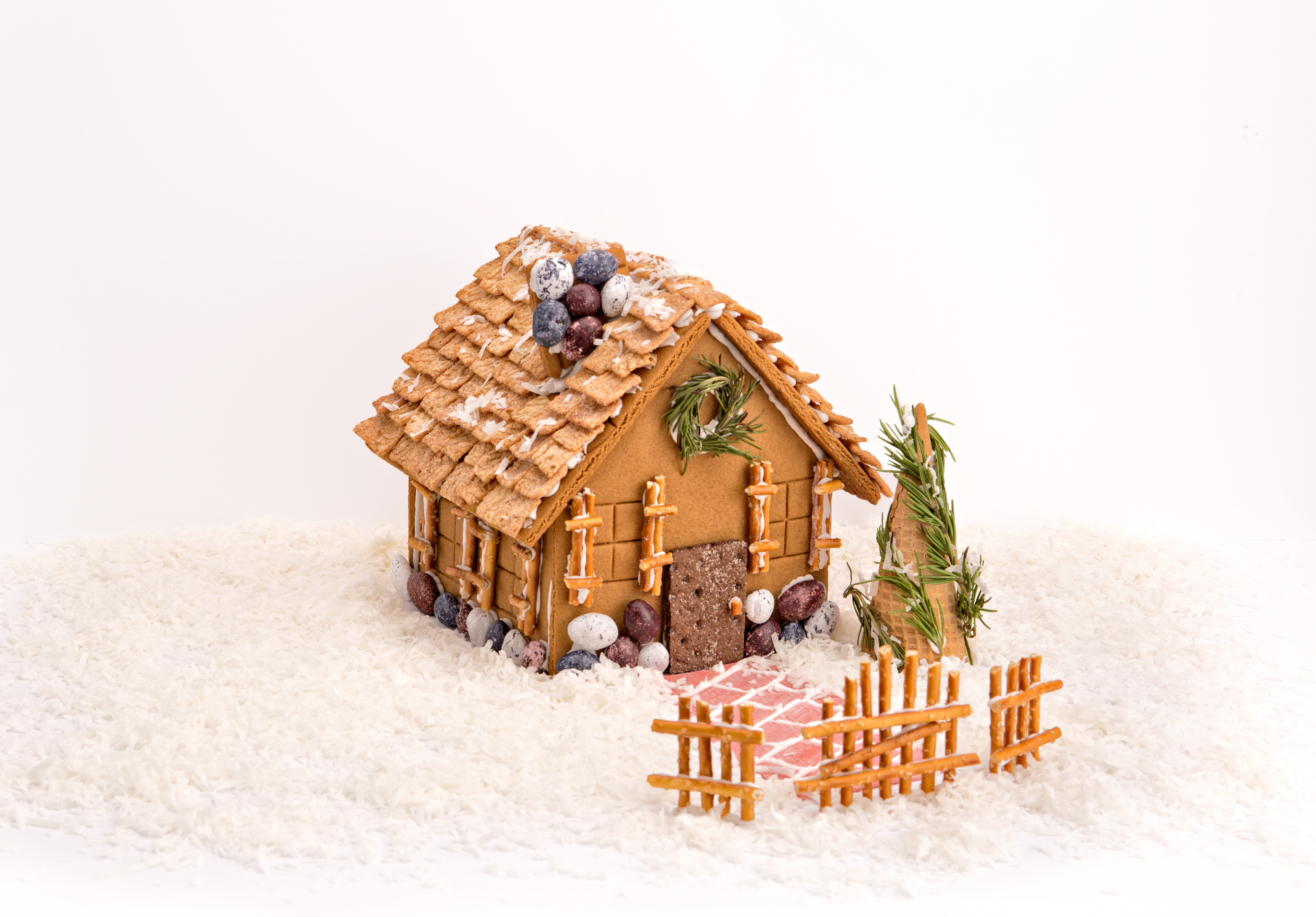
Traditions of Winter
The Start of Seasonal Customs
One of the best parts about this time of year is that it’s rich in tradition, from hanging the same decorations every year to visiting the same people for holiday dinner. In addition to family traditions, many of us—both young and old—enjoy widespread customs that add a magic to the season. But you might be surprised by how and when some of them got started.
Activities

Wearing ugly sweaters. Questionable fashion choices are ageless, but the holiday tradition of the ugly sweater has only been around in recent decades. Such “loud” sweaters became quite popular during the 1980s but then fizzled. This fashion reared its “ugly” head again at the start of the 2000s—starting with two Canadian men who claim to have hosted the first ugly sweater party.
Making snowmen. Many may think that Frosty was the first snowman. However, the tradition of building snowmen goes back hundreds of years; the first documented depiction of a snowman was in a manuscript from the Netherlands way back in the fourteenth century. Even Michelangelo was said to have been tasked with making one in the late 1400s. For most, the activity has served as entertainment—but it’s also been a means of snowy social commentary.
Fruitcake. Even if its reputation has taken a hit in recent times, fruitcake has been a popular delicacy for millennia. Ancient Egyptians are thought to have placed them in tombs of loved ones, and they were very popular in ancient Rome, where the cakes were made with ingredients like pomegranate seeds, pine nuts, and barley. By the 1500s, fruitcake was very popular in Europe, and many different variations emerged; the dessert eventually caught on in places like America and the Caribbean. In England, where it’s sometimes called plum cake, it’s been a staple of tea time and has even served as the country’s traditional wedding cake since the Middle Ages.
Eggnog. This love-it-or-loathe-it drink is thought to have originated without eggs in medieval Britain as a drink called posset, which was served hot. It was popular in America as well, where the alcohol of choice was rum rather than England’s expensive sherry. George Washington even famously had his own recipe. In fact, it was so popular in the nineteenth century that it was the focal point of a Christmas Day riot at West Point that became known as the Eggnog Riot.
Gingerbread men and houses. What would the holiday be without these spice-filled treats? You can thank Queen Elizabeth I for gingerbread men; she reportedly had them made to honor visiting dignitaries in the sixteenth century. They also became the stuff of superstition—maidens would eat “gingerbread husbands” in the hope of finding spouses. Also at that time, gingerbread houses became a popular treat in Germany. They became even more popular in the 1800s, when the Brothers Grimm published Hansel and Gretel.
Food and Drink


Up Next:
A Winter Tradition Quiz
Don’t freeze out friends and family! Share this trivia to put the “wow” in their winter traditions.

Posted in December 2018 on Sep 21, 2018